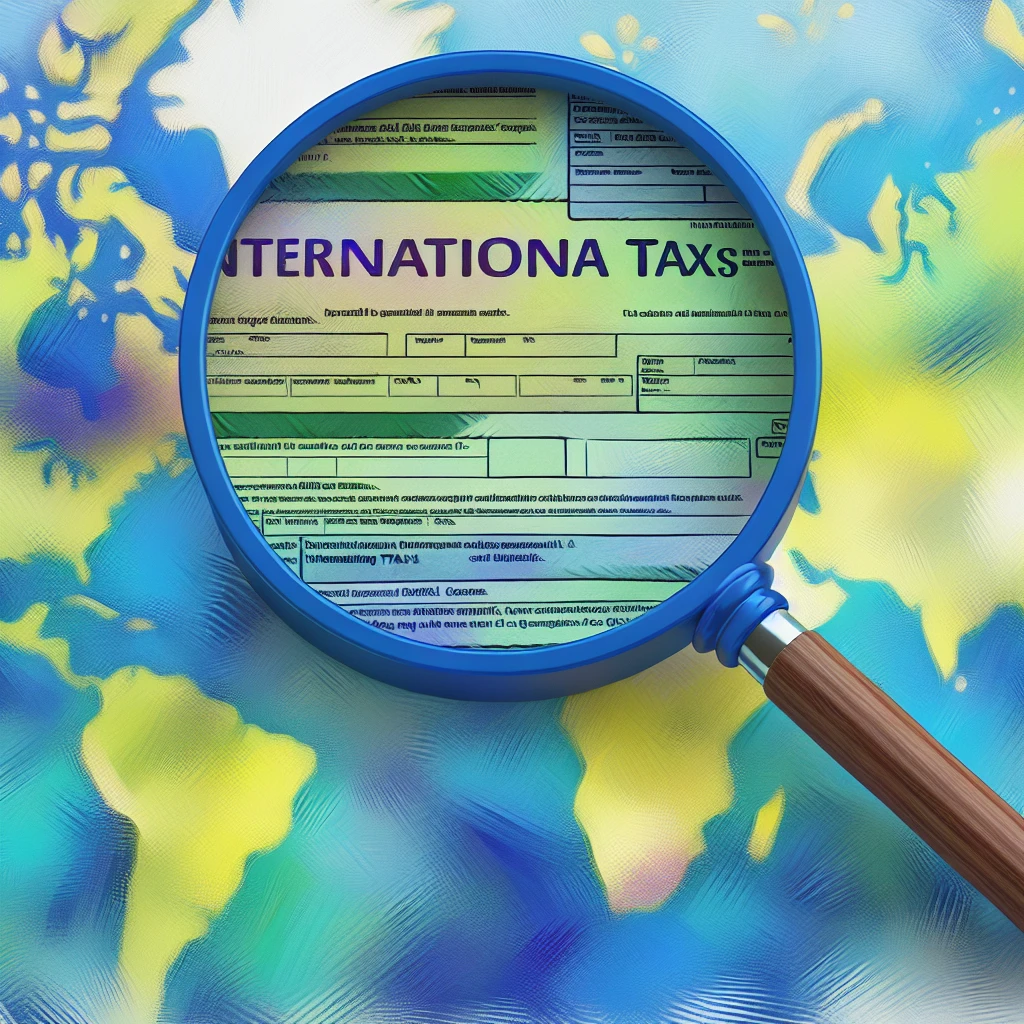Fundamentals of Multi-Currency Accounting
When you're running an international ecommerce business, grappling with the complexities of multi-currency accounting is as inevitable as the changing tides. The essence of this financial maneuvering lies in the ability to accurately record transactions in different currencies, which can be as thrilling as it is nerve-wracking. It's a financial polyglot's dream, but without a solid understanding of the fundamentals, it could quickly become a nightmare.
At the heart of multi-currency accounting is the exchange rate, a number that often seems to have a mind of its own. It's the rate at which one currency can be exchanged for another, and it fluctuates based on market conditions, economic data, and geopolitical events. For businesses, this means the value of your foreign currency transactions can change from the time you ink a deal to when you actually settle the payment. It's like playing a game of financial musical chairs, where the music stops at the most unexpected moments.
But fear not, because once you understand the basic principles, such as the use of a functional currency—the currency of the primary economic environment in which your business operates—you can begin to navigate these choppy waters. You'll also need to get comfortable with the idea of currency conversion, which is the process of translating your foreign currency transactions into your functional currency. It's like translating a novel from one language to another; the essence remains, but the words may change.
Moreover, the concept of revaluation is critical. This is where you adjust the value of foreign currency balances on your balance sheet to reflect the current exchange rates at the reporting date. Think of it as a financial reality check, ensuring that your books reflect the true value of your assets and liabilities in a world where currency values can shift overnight.
Lastly, don't forget about hedging, a strategy used to lock in exchange rates and mitigate the risk of currency fluctuations. It's the financial equivalent of an insurance policy, providing a safety net for when the currency markets decide to take you for a ride.
Understanding these fundamentals is vital for any ecommerce entrepreneur looking to expand their empire across borders. It's not just about keeping your books in order; it's about ensuring that your business can thrive in the global marketplace, no matter how the currency winds blow.
Overcoming Exchange Rate Volatility
Now, let's talk strategy. As an ecommerce entrepreneur, you're no stranger to the rollercoaster ride of exchange rate volatility. One day, you're on top of the world; the next, you're scrambling to make sense of a financial landscape that's shifted beneath your feet. But there's no need to panic. With the right strategies, you can navigate these fluctuations with the finesse of a seasoned sailor.
Firstly, it's crucial to stay informed. Keep a close eye on market trends and economic indicators that can affect currency values. This doesn't mean you need to become a day trader, but a basic understanding of what moves the markets will help you anticipate changes and make more informed decisions. Tools like currency converters and financial news apps can be your best friends here, giving you real-time insights into exchange rates.
Next, consider employing a layered hedging approach. Instead of putting all your eggs in one basket with a single hedge at a fixed rate, layer your hedges over time. This can help smooth out the peaks and valleys of rate changes, providing more predictable cost structures for your business. Think of it like diversifying your investment portfolio; it's all about managing risk.
Another key strategy is to establish relationships with multiple currency exchange providers. This gives you the flexibility to shop around for the best rates and service options. It's the financial equivalent of having multiple suppliers for your business; if one isn't giving you what you need, you have others to turn to.
Also, consider invoicing in your functional currency where possible. This transfers the exchange rate risk to your customers, who are then responsible for converting their payment into your currency. It's a simple shift that can have a significant impact on reducing your exposure to currency fluctuations.
Lastly, make use of technology. Modern accounting software can automate much of the heavy lifting when it comes to multi-currency transactions. They can track exchange rates, perform automatic conversions, and even help with revaluation and reporting. It's like having a digital financial analyst on your team, working around the clock to keep your books accurate and up-to-date.
By implementing these strategies, you can take control of exchange rate volatility, rather than letting it control you. It's about being proactive, not reactive. With a solid plan in place, you can focus on growing your international business, confident in the knowledge that your accounting practices are as robust as they are resilient.
Best Practices for Currency Revaluation and Reporting
When it comes to the best practices for currency revaluation and reporting, there's a fine line between being thorough and being overwhelmed. The key is to strike a balance that keeps your financial statements accurate without causing a logistical nightmare. So, how do you walk this tightrope? Let's dive in.
Firstly, it's essential to establish a consistent methodology for currency revaluation. This means setting regular intervals - be it monthly, quarterly, or annually - to assess and adjust the value of foreign currency transactions. This regularity ensures that you're not caught off guard by sudden market shifts and that your financial reporting reflects the most current values. It's like keeping your finger on the pulse of the currency markets; you need to feel the beat to dance to the rhythm.
Documentation is your ally in the battle against currency confusion. Make sure to maintain meticulous records of the rates used at the time of each transaction. This historical data is invaluable when it comes to explaining fluctuations in your financials to stakeholders or tax authorities. It's the equivalent of having a detailed map when navigating through the wilderness of international commerce.
Transparency is non-negotiable. When reporting multi-currency transactions, clarity is king. Your financial statements should clearly delineate the effects of currency revaluation, making it easy for anyone reading them to understand the impact. This means separating the gains and losses stemming from currency fluctuations from the operational results. It's about painting a clear picture that separates the wheat from the chaff, financially speaking.
Don't underestimate the power of technology in managing currency revaluation and reporting. Leveraging advanced accounting software can automate the revaluation process, reducing the risk of human error and freeing up your time to focus on strategic financial analysis. It's like having a trusty sidekick in your corner, one that's fluent in the language of numbers and exchange rates.
Lastly, stay agile. The world of currency is ever-changing, and your practices should be too. Regularly review and adjust your revaluation and reporting processes to ensure they remain aligned with current economic conditions and regulatory requirements. It's a dynamic dance, and staying nimble on your feet is crucial to staying in step with the beat.
By adhering to these best practices, you'll not only safeguard the integrity of your financial reporting but also fortify your business against the unpredictable waves of currency fluctuations. It's about being disciplined, detailed, and dynamic - a trifecta that will serve you well in the global financial arena.



